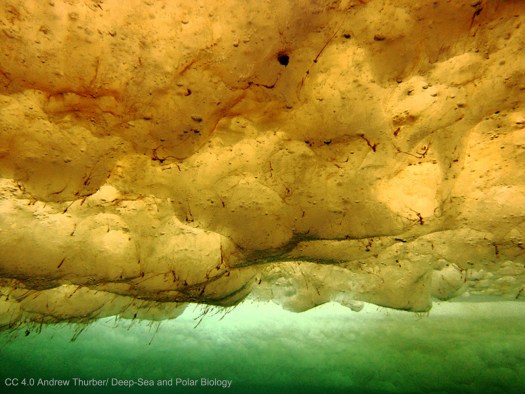
Everyone has seen changes in climate patterns worldwide, and in the United States, a Texas cold snap highlights Earth’s design. We need to better understand the global weather systems related to how our planet gets, retains, and releases heat.
Recently an ice-breaker research ship was supposed to get as close as it could to the North Pole. Surprisingly, it was able to get all the way to the pole; something never deemed possible. In February of 2021, Texas experienced a very unusual cold snap. While the media was paying attention to the electric grid’s disruption and water availability problems, the impact on animals was largely overlooked.
In Texas, cold temperatures killed massive numbers of insects and the animals that depend upon them for food. Bats fell from the sky because they had no insects to eat and had no place to go to escape the cold. Milkweed was killed, cutting off the primary food supply for monarch butterflies. Sea turtles could not adjust to the low temperatures, and volunteers took 10,600 turtles to the South Padre Island Convention Center. There they warmed the turtles and eventually returned them to the Gulf of Mexico.
All of those events remind us of the delicate interdependence of life on this planet. We tend to minimize disasters of this magnitude, but we will be reminded later this year. When grocery prices spike because of the lack of Texas-grown fruits and vegetables, we will realize that the Texas cold snap highlights Earth’s design. It should make us aware of how connected we are to other life forms on the planet.
Taking care of Earth’s climate and resources means not allowing human waste of all kinds to upset nature’s balance. We must learn to appreciate God’s design for life everywhere we look. Indeed we can know there is a God “through the things He has made” (Romans 1:19-20).
— John N. Clayton © 2021
Data from Associated Press 2/16/21.


